“Penyu! Penyu!” James points excitedly to something at the edge of the coconut grove. I see distinctive bulldozer-like tracks trace a path from the water’s edge to the place where he is pointing. He has found four sea turtle nests. The turtles must have come ashore to lay their eggs during last night’s full moon.
James (pronounced Jah mis) jabs a sharp stick into each of the roundly excavated holes and describes how yolk on the tip of the probe indicates freshly laid eggs. Soon, he holds what appears to be a rubbery white ping pong ball, dented on one side as if someone has applied just a little too much pressure to test its firmness.The rest of the eggs are probably already on a village dinner table—there won’t be any baby turtles emerging from these nests in the coming months.
I struggle to express my opposition to his taste for turtle with my feeble Indonesian vocabulary.“There’re not many left” is my awkward attempt to explain the complex conservation issue. He doesn’t seem to understand. It doesn’t help that on almost every dive and certainly every day, we see turtles.“Not many turtles” doesn’t make much sense to this local Papuan whose life experience doesn’t extend beyond the borders of one of the most biologically rich marine habitats in the world.
It’s my desire to “make a difference” that has landed me and two friends, Dave and Bo, firmly in the midst of this tropical wonder with James. I have explored a variety of exotic locales during the past 10 years searching for pristine destinations to dive and kayak, only to find each beautiful area spoiled by coral bleaching, illegal fishing or other negative human impacts. Last year, however, the Raja Empat islands put a sudden halt to my search.
These remote islands have somehow managed to escape the destruction that is commonplace elsewhere. But it’s only a matter of time before they’re “discovered.” Whether the discoverers will be illegal fishermen with their bombs, cyanide and gill nets, or sensitive ecotourists with kayaks and dive gear, depends in part on decisions that locals like James will make in the next few years.
That’s why I have returned to the Raja Empat: to assist in a shift to community-based conservation.A Papuan-run kayak operation would be a great start.That means turning local dugout-canoe fishermen like James into western-style sea kayak guides. But as I watch our prospective “ecoguide” attempt to harvest the eggs of an endangered sea turtle, I recognize that this may be harder than I thought.
Positioned just off the “Bird’s Head” of northwestern Papua (formerly Irian Jaya), the Raja Empat (Four Sultans) island group comprises several hundred emerald-green islands scattered over an area the size of Connecticut. Uplifted descendants of an ancient sea, some are sculpted mushroom-shaped creations draped with lush tropical growth and intersected by secret channels that hide burial caves and rock art. Others invite exploration with soaring ridgelines and towering forests that plummet to sugary white-sand beaches lined with coconut palms.Very few are inhabited save for the occasional pearl farm or tiny Papuan village.
The place is a biological gold mine. Awash in currents from three distinct seas, they contain perhaps the most important tropical marine ecosystem on the planet and are being heralded as the world epicenter of coral reef diversity by conservation groups and scientists. Renowned ichthyologist Gerald Allen established the world-record fish count here—283 species on a 200-metre stretch of reef. The sea is full of wild and whimsical creatures like the archerfish, which uses a well-aimed stream of “spit” to gun down unsuspecting insects from jungle branches. On land, there are varieties of monitor lizards, birds of para- dise, and cassowaries (an ostrich-like bird) that occur nowhere else on earth. Alfred Wallace, a contemporary of Charles Darwin and co-founder of evolutionary theory, spent years tromping around the Raja Empat.
Our adventure begins in Denver, Colorado. After three tedious days of airplanes and hotels. Travelling via Taipei, Singapore, Jakarta, Ujung Pandang, and finally the oil boomtown of Sorong, we step into a 13-metre dive boat for the ride to the base camp of Irian Diving, the area’s only tour operator. Max Ammer, once the owner of a Harley Davidson shop in the Netherlands, is the outfit’s garrulous owner and our resident Papua expert.
Max brims with entrepreneurial ideas for local people to jump-start grassroots conservation projects. One of his ideas is locally guided kayaking trips, and when I raved on my first visit about the area’s kayaking potential, he asked us to introduce a local islander to sea kayaking.
James is a new employee of Irian Diving. A shy 20-year- old Papuan from the nearby island of Batanta, he’s typical of the local youth whose alternative career might be the business of bomb fishing. Max thinks James’ youth is an asset, especially his resiliency and willingness to learn. But we are starting from scratch. James speaks no English and, at present, guided sea kayak trips are more of a dream than reality.
We begin our journey on the island of Fam. Some local fishermen come ashore wondering what a local Papuan like James is doing with us orang putih (white men). As the fishermen begin to curiously inspect our fold-up sea kayaks and assorted gadgetry, James points to one of our nautical charts and confidently traces our route to our final destination, the remote island of Wayag, 35 nautical miles to the north.There is obviously something about our plan that inspires a sense of pride for him. He grew up on the water and paddled a dugout canoe around the waters of Batanta Island from an early age, but few locals venture onto the open sea and none go as far as Wayag. It’s as much an adventure for him as it is for us.
The plan is to head north, hoping island to island, first to the massive island of Waigeo, then across much more exposed water to Kawe. From there, we will launch into the wide-open Philippine Sea, directly toward the uninhabited Wayag group, where we’ll rendezvous with Max and the Irian Diving crew.
At Fam lagoon we demonstrate rescue techniques, throwing in some comical sign language and facial expressions for added effect. I have James practice rotating his upper body, arms outstretched in exaggerated motion while he grins and nods his head to show that he under- stands how to use his torso rather than his arms to pad- dle. Once back on the water, he returns to arm paddling and I wonder if he was just pretending to understand.
Over the next several days, we face unusually rough conditions. In the evenings, I use a combination of arrows and crude pictures in the sand to describe the conditions that can occur when large seas run against a strong current or encounter a shallow reef. I emphasize the need for proper spacing of our kayaks. James gives a nod and grin, which eventually proves to be more of a nervous response than real acknowledgment. He seems blissfully ignorant about what may lie ahead.
Things with James are better in camp than on the water. One day, James trades two of our lures and line with some local fishermen for five good-sized fish.After he uses his machete to create a barbecue, Papuan style, he guts the fish, and soon we have a delicious meal from the sea. In his element, he is proud to show us his ingenuity and abili- ty to contribute something to the group.
We pass the time in camp snorkeling and beachcombing, often finding rare and exotic shells whose ornate and intricate patterns seem at odds with the slimy creatures that once resided inside. In the evening we keep watch for the“green flash”as the tropical sun seems to literally plunge from the sky.
James shows interest in some of my coral reef ID books, and we try to spot what we’ve seen during our underwater forays.We often venture into the darkness of the nighttime reef and are privy to bizarre nighttime crea- tures like a rare foot-long epaulette shark or 3-cm-long pygmy cuttlefish (a type of squid), which pulse with wild colour patterns as they hover, mating above the eel grass. Daytime snorkeling is just as good and I am always eager to take a peek underwater.
Each time we venture below the surface, there seems to be a new discovery awaiting us—a dugong (Pacific manatee), giant clams more than a metre across, and many wobeggone sharks, all extremely rare finds on any reef. On numerous occasions we swim with “herds” of burly bump- head parrotfish as they graze on the sprawling reefs, noisi- ly chomping away on coral polyps. I can’t help but laugh that the constant stream of crushed coral they are excret- ing is the same stuff I enjoy wiggling my toes in on the sandy beach. James has a good eye for spotting creatures in the wild, like the well-camouflaged and dangerous scor- pion fish, as well as in the books—a good sign for a poten- tial guide.
He even begins to open up.We have a brief male-bonding moment when he points to the Javanese woman on the front of my phrasebook and with a sheepish grin remarks, “Indah” (beautiful).We begin to describe our families and I discover he has three brothers and a sister as we take turns writing each family member’s name in my journal. He surprises me when he asks to write some- thing inside.After retreating to the shade of a coconut tree he returns with a somewhat bashful look, I am touched to see he has sketched a sunset and written a short poem.
We finally reach a sheltered beach on the north coast of Kawe, with only the long crossing remaining to Wayag. I survey the whitecapped Philippine Sea for over an hour. Faint outlines of the steep-walled Wayag group punctuate the northern horizon and I imagine the distant three- metre swells racing across miles of open sea, and then slamming into the narrow and rocky reef-guarded passages of the lagoon.
Paddling with James has not gone smoothly. On one occasion we needed to round an exposed point, which thrust us directly into the face of three-metre swells that were ricocheting wildly off cliffs to our left. At the worst possible moment, when we were all struggling to commu- nicate amidst the confusion, James stopped paddling, pulled out his sponge, and casually began wiping off his spray skirt. Bo and Dave had to stop quickly to avoid hit- ting him, losing precious momentum. Neither was pleased with the threat of capsize and being slammed into the rocks.Amazingly, James’ face and body language indicated he was thoroughly at ease. I couldn’t imagine what he was thinking, and I was frustrated by my inability to ask him for a detailed explanation, or to explain to him the sub- tleties of group kayak travel.
Thinking about my family back in Colorado, I realize the only way I’m getting from Kawe to Wayag is by motorized boat.
Two days later, we arrive at Wayag in the dark, after hitching a ride with the folks from Irian Diving. In the morning, I wake to an unfamiliar world. Lying on the beach, I strain to focus my sleepy eyes in the early morning light. I am more impressed by my first sight of Wayag than I ever could have imagined. Complex, multi-coloured vertical walls soar out of the lagoon. Everywhere I turn, there is lush verdant growth draping and clinging to every surface.
The days fly by as we dive unexplored reefs with James, Max, and Irian Diving’s “number-one” guide, Otto. Every day,Wayag reveals more of its treasures.There are hidden channels and entrances to secret bays, only naviga- ble by kayak. On the northern side, obscured from the usual southern approach, 100-metre limestone walls plum- met to a sea that stretches uninterrupted for more than 3,000 kilometres to the southern shoreline of Japan. The entire coast is punctuated with steep cliffs, deep caves, spectacular arches and secluded turtle-nesting beaches.
Evenings, the talk turns to conservation, and Max enthusiastically describes his ideas to empower the Papuan people to protect their islands against the influx of illegal fishing boats and other environmental threats— projects like the sustainable collection of live fish for aquariums and English classes for guides. He also proposes a series of ranger stations to deter bomb and cyanide fish- ing, which could double as eco-camps for guided kayak trips.We identify protected areas that would be suitable for beginning kayakers on our charts, figuring it would take less than a thousand dollars to build a fleet of fibre- glass kayaks on-site at Camp Kri.
All this talk makes me wonder, where does someone like James fit in? I ask him if he still would like to be a guide. He nods his head yes and agrees that it is important that he learn English to communicate with tourists and to share his knowledge of the natural world. Beyond that, I doubt he’s aware of the greater challenge of bridging the divide between a Papuan islander and western tourists. How can we help him understand the connection between paying eco-tourists and nature—that fish, turtles, and other life can be more valuable alive than dead, especially in the long run? He is strong, resilient, and curious—important qualities—but it will take time to build better judgment. I think back to our awkward introduction. We shook hands and our eyes met, then he modestly turned his face downward, though I did notice a friendly grin on his face. I couldn’t tell if he was shy, embarrassed, or just not used to dealing with westerners, but now I think it might have been a little of all three.
Otto, I hope, will be his mentor. Several years ago, Max immediately saw Otto’s potential, taught him to dive, and now would like him to take over Irian Diving. He is Papuan through and through—his family has strong ties to the Free Papua Movement—has successfully taught himself English, and seems to garner respect in every situation. He knows how to deal with the wide-ranging demands of tourists, be they Germans, French, Japanese, or Americans, and yet he seems firmly anchored in his Papuan world. He is smart and hard working.To me, Otto represents the future and James the potential of Papuan conservation.
Before dawn one morning at Wayag, I wake to see Otto paddling a kayak to a small island in the middle of the lagoon, one that is barely big enough to stand on. Strapped to the back of the kayak is a recently sprouted coconut tree. I am perplexed, so when he returns, I ask him what he was doing. He tells me it is a Papuan tradition. If you are the first to plant a coconut tree on an island and it survives, the island belongs to you for as long as you live. I am struck by the sym- bolism of this simple act. Patience, perseverance, tradition—if Papuans can bring these qualities to the conservation table, then maybe the Raja Empat have a future.
Tony Moats is a Boulder, Colorado-based freelance writer and educator. His kayak travels have taken him to the Carribean, Baja Mexico and various locales in Indonesia.
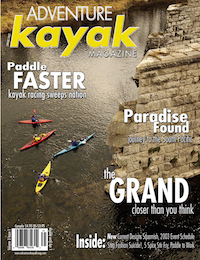 This article first appeared in the Winter 2003 issue of Adventure Kayak Magazine. For more great content, subscribe to Adventure Kayak’s print and digital editions here.
This article first appeared in the Winter 2003 issue of Adventure Kayak Magazine. For more great content, subscribe to Adventure Kayak’s print and digital editions here.



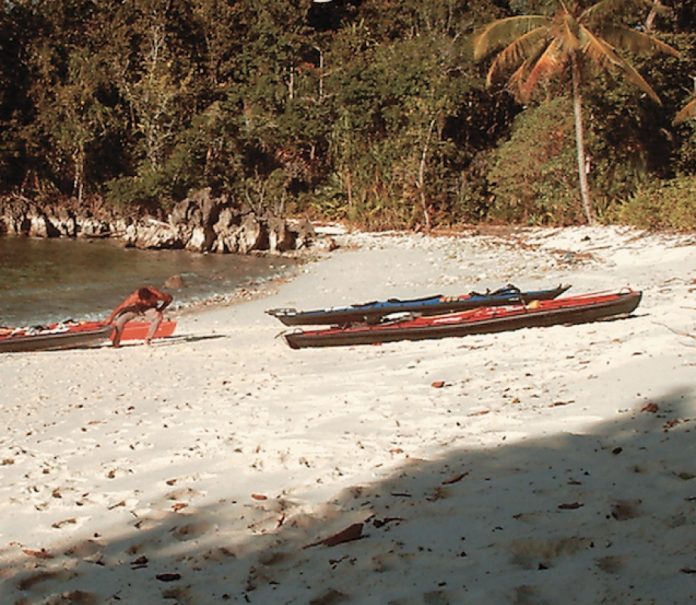
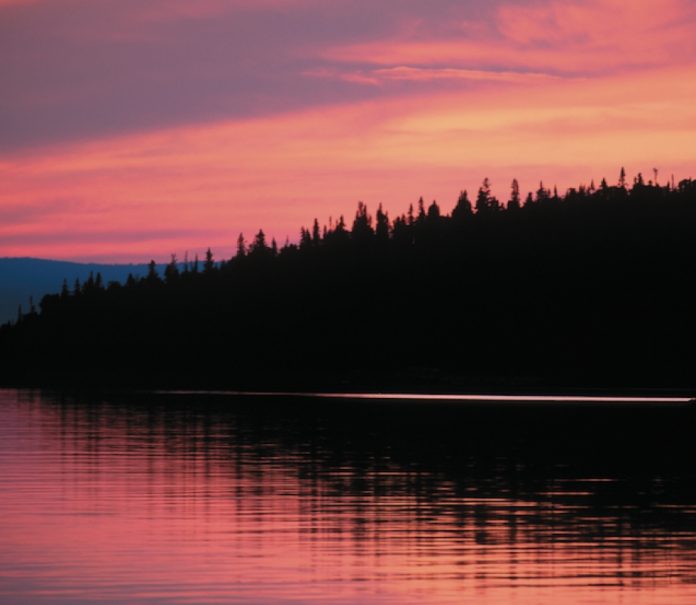
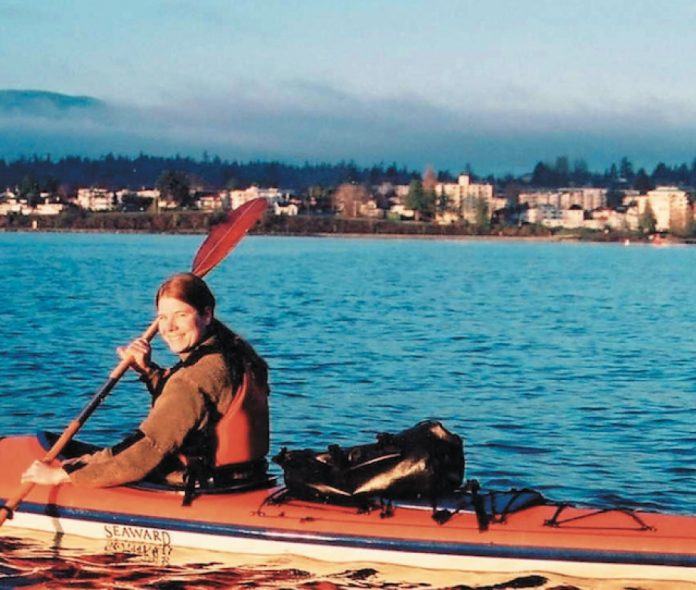
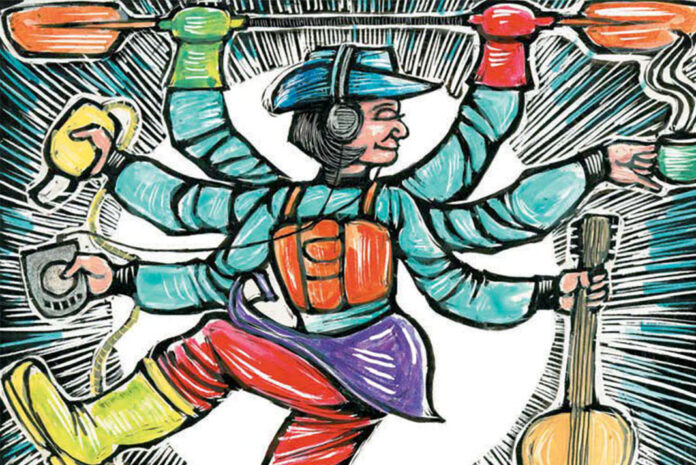
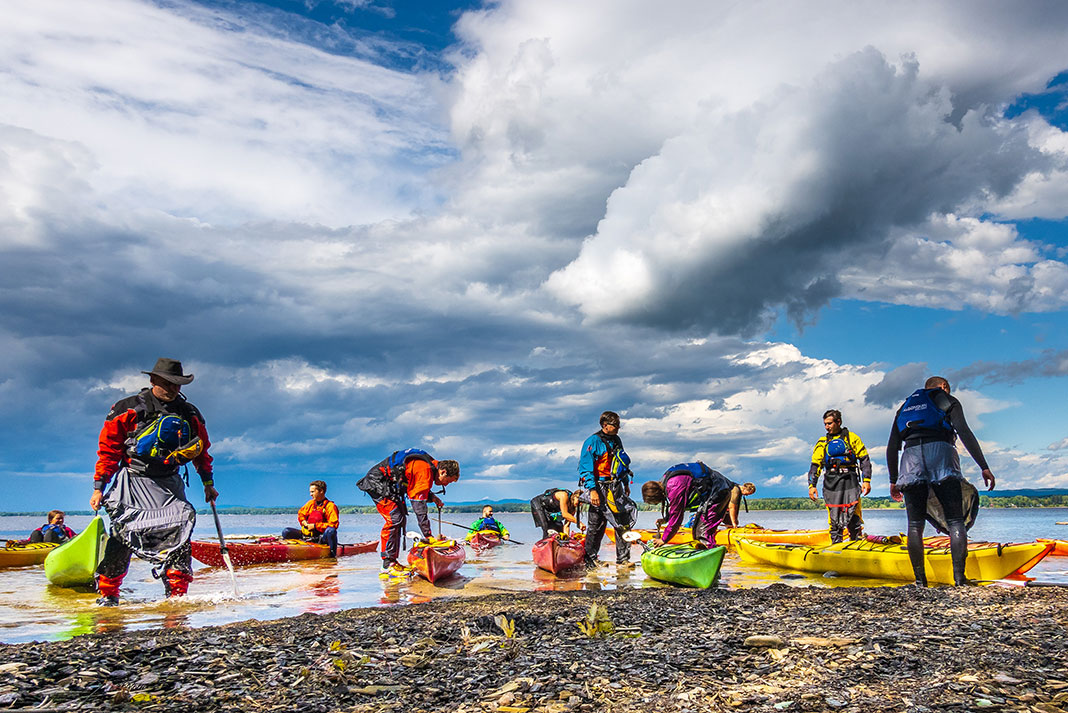
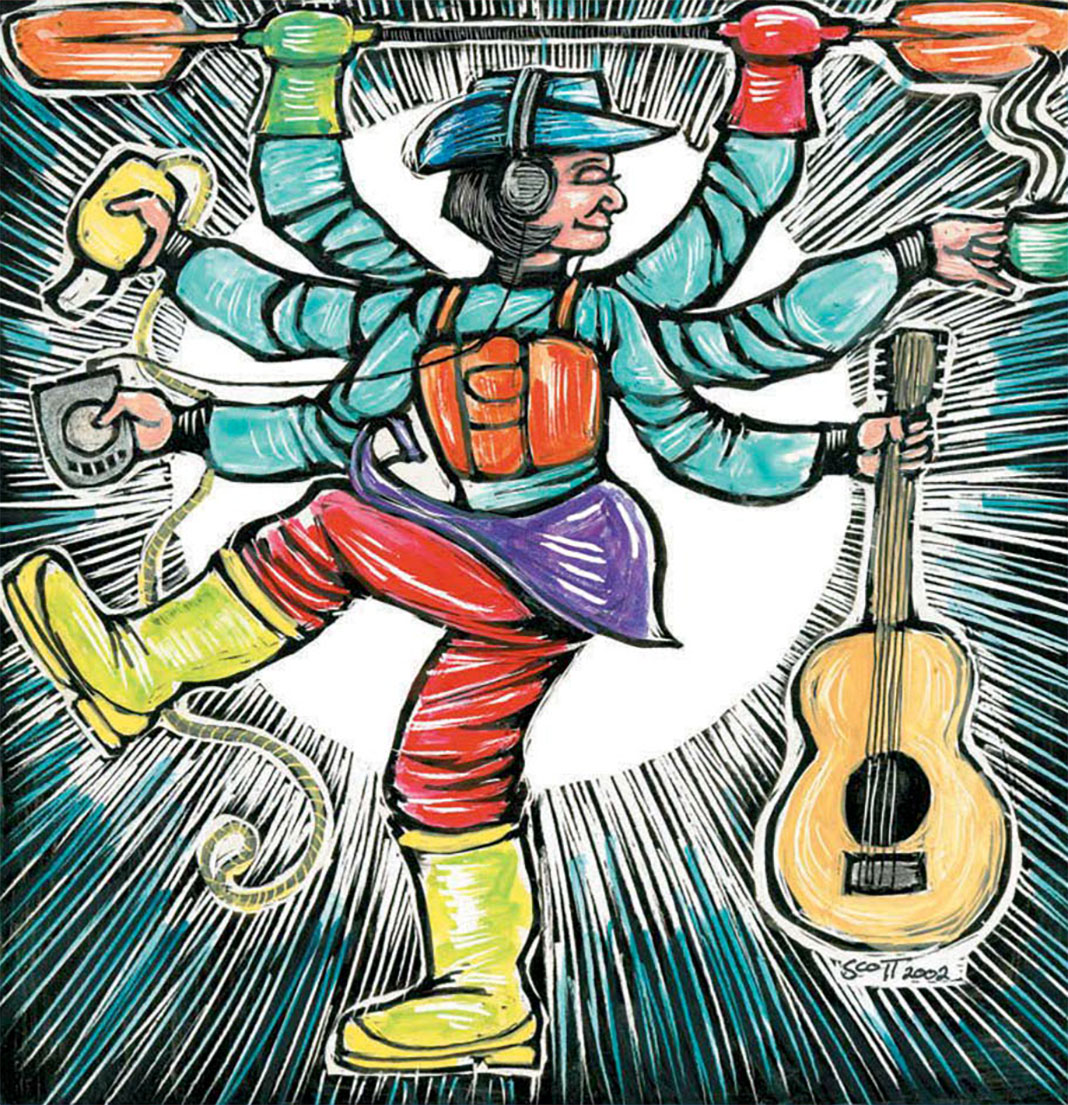
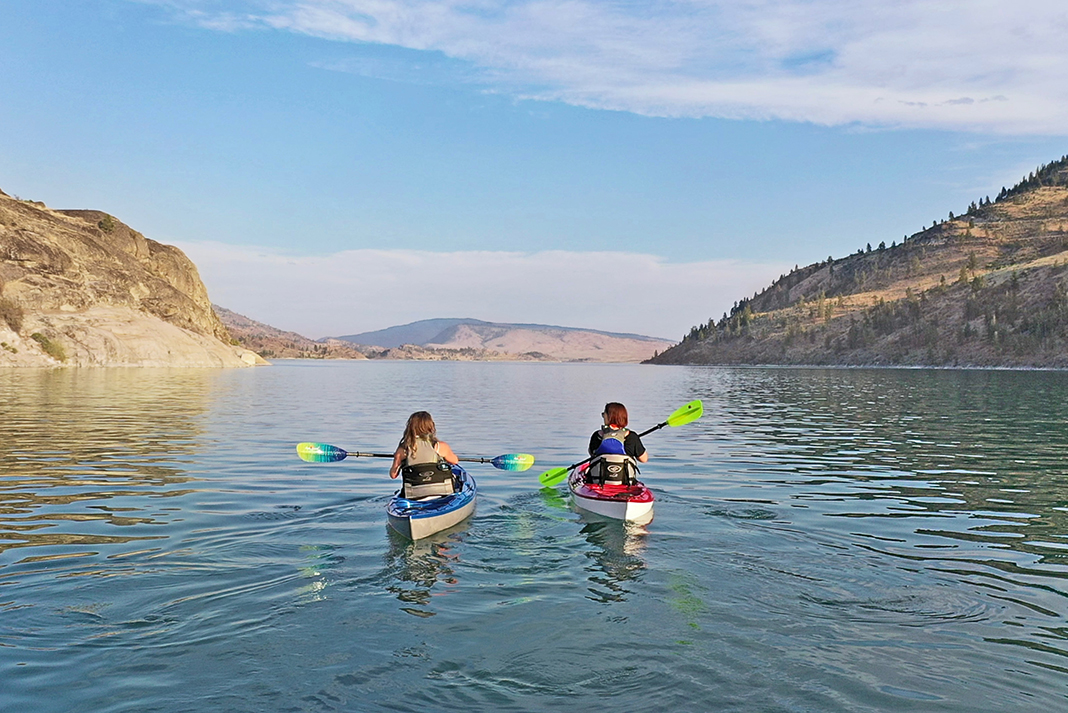



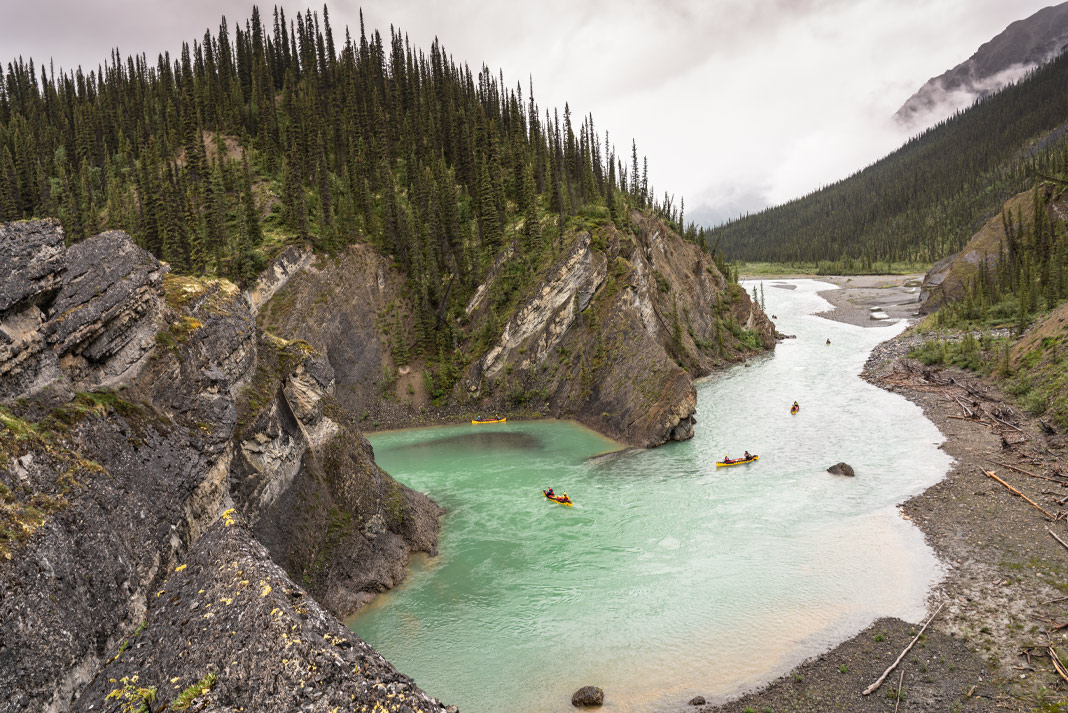
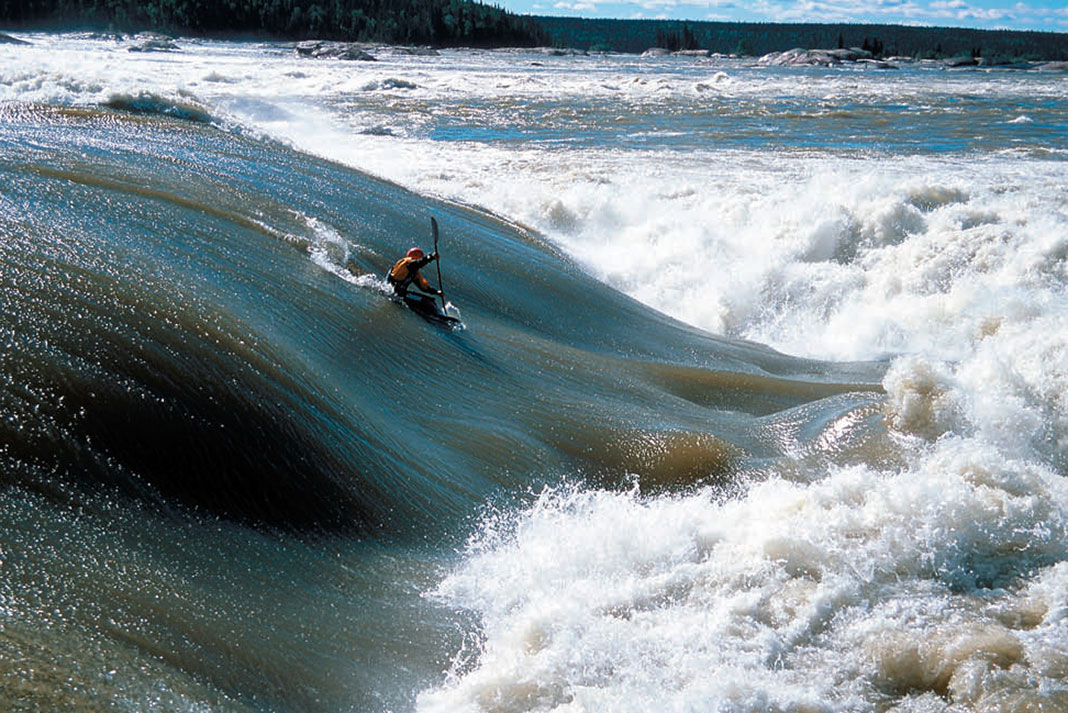
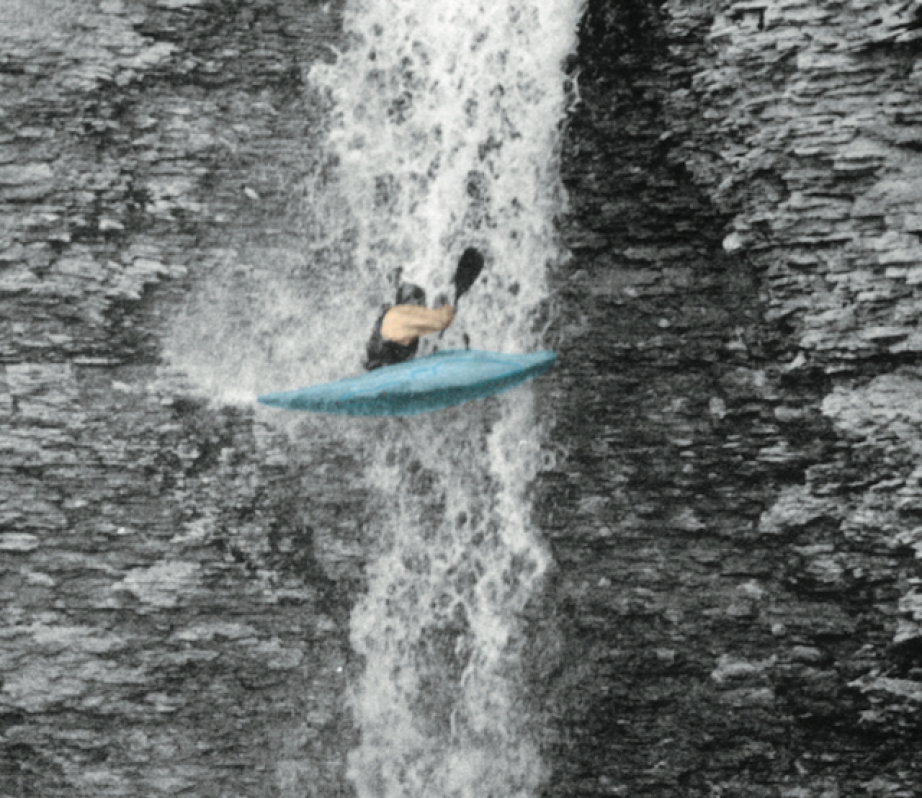
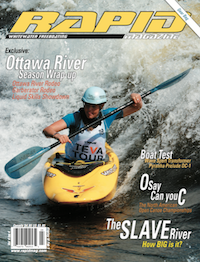 This article was first published in the Winter 2002 issue of Rapid Magazine.
This article was first published in the Winter 2002 issue of Rapid Magazine. 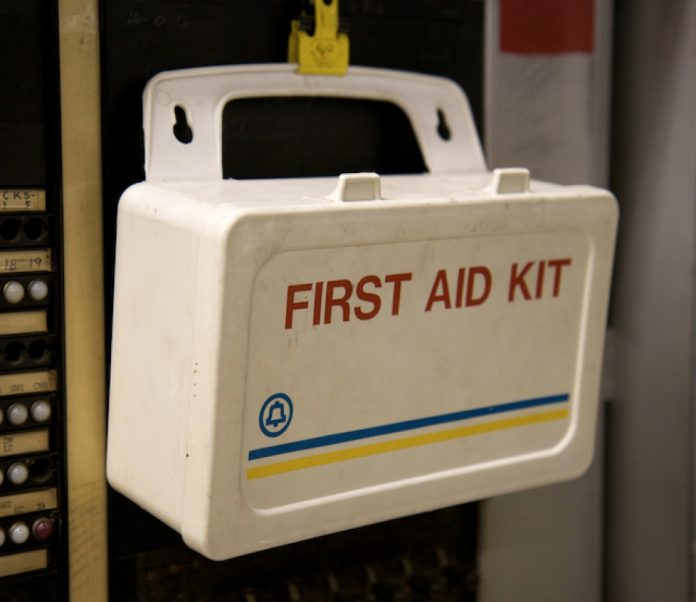
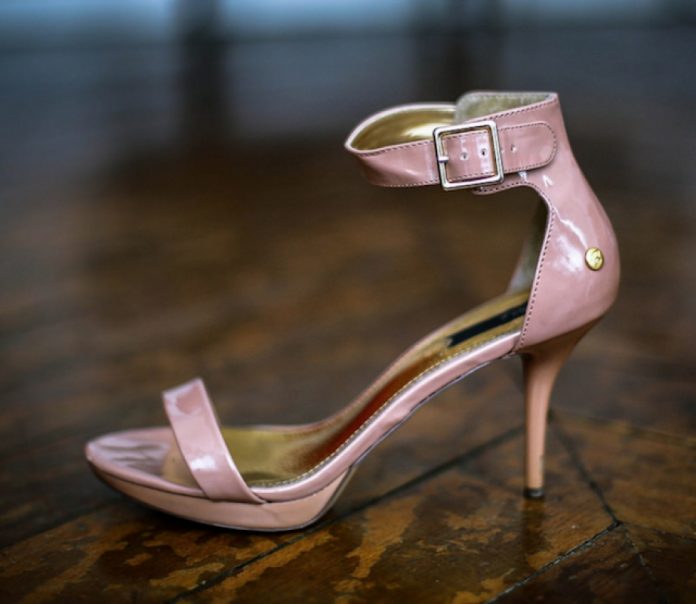
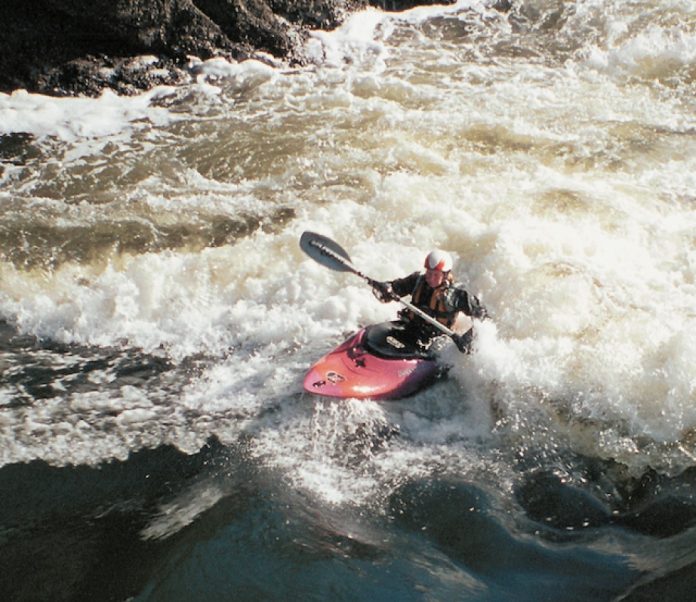
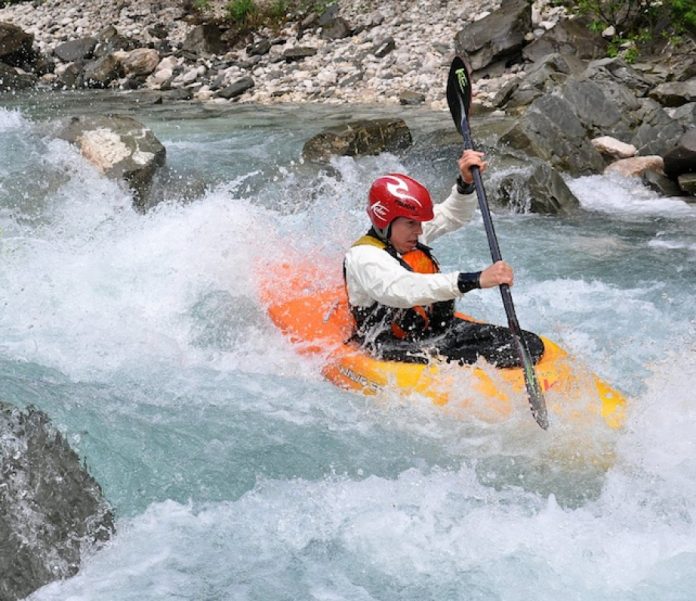
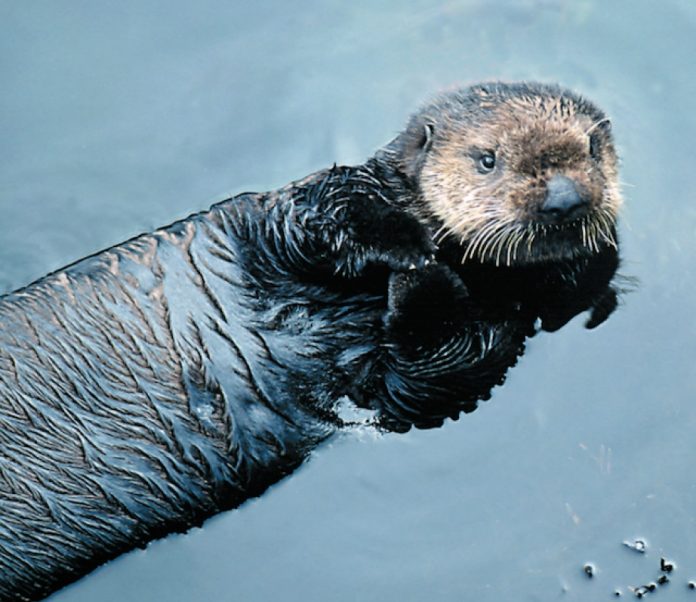
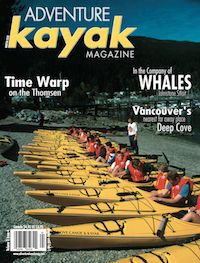 This article first appeared in the Winter 2002 issue of Adventure Kayak Magazine. For more great content, subscribe to Adventure Kayak’s print and digital editions
This article first appeared in the Winter 2002 issue of Adventure Kayak Magazine. For more great content, subscribe to Adventure Kayak’s print and digital editions 